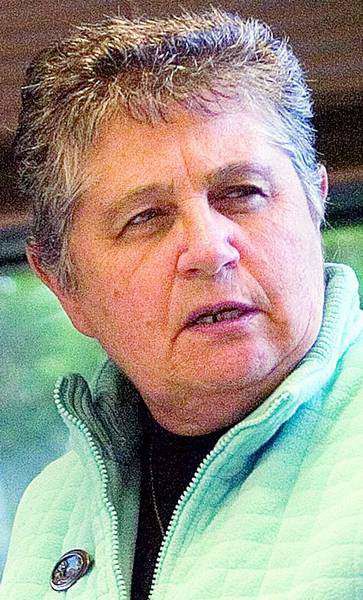Redmond terminal design goes solar
Published 5:00 am Wednesday, August 30, 2006

- Carrie Novick, Redmond Airport manager
The latest design plans for Redmond Airport’s terminal expansion project could put the Central Oregon building on the forefront of sustainable energy, officials said Tuesday.
One of the architects for the expansion said the new terminal could feature solar panels on rooftops, one of several features that are designed to reduce operating costs.
”We are looking at using those panels because the roof (on the expansion) faces southwest,” said Barton Drake, vice president of HNTB Corp.’s architecture branch, which is designing the project. ”We think that is one of the areas we’ll look at for sustainable design and energy opportunities.”
Drake made his announcement at the Tri-State Airport Management Conference under way at Eagle Crest Resort outside Redmond. Among the other potential features unveiled in the latest plan:
* Eight boarding gates, currently designed to house turboprops and small regional jets but capable of handling Boeing 737s.
* Roof panels that curve upward, preventing snow from sliding onto pedestrians.
* A low-velocity air system that is quieter and more energy-efficient than conventional air conditioners.
The design plans, which still need to go before the Redmond City Council for review, are expected to be finalized by the end of the year.
The $33 million expansion, which was announced in April, would increase the size of the terminal from 23,000 square feet to 136,000 square feet.
Construction is expected to start in April and end by October 2008. Officials say they’ll minimize construction impacts on airport operations.
The terminal work is separate of the current parking lot expansion project.
Redmond Airport Manager Carrie Novick said the plan is to maintain as much of the current terminal’s style with the expansion. The plans shown Tuesday keep the current terminal’s color theme and slanted roofs on the outside, and the interior maintains its prevalent use of wood decor.
”This terminal is very important to the community,” Novick said, adding that the building’s design is popular with airport users. ”I can’t tell you how many people have come in and commented on what a nice building it is.”
Besides the solar panels, Redmond Airport management is looking at additional alternative-energy applications. Officials have contracted Bend sustainable energy firm 3EStrategies to look for ways the terminal can utilize cost-effective energy sources.
Cylvia Hayes, the firm’s executive director, said 3EStrategies is also looking at the feasibility of wind power, water-efficient appliances and reusable carpets as potential cost-savers at the airport.
”The (current terminal expansion) plan has a degree of sustainability that will make Redmond Airport a model for the nation,” Hayes said, noting that solar panels could reduce heating costs by half in certain parts of the building. ”It’s a huge bang for the buck. We’re really onto something.”
Two other Oregon airports, in Medford and North Bend-Coos Bay, also displayed their terminal expansion plans at the conference. All three plans contained measures for sustainable energy, the most notable of which is North Bend’s use of seawater to cool terminal facilities.
”It’s interesting to see what other people are doing,” Redmond Airport’s Novick said. ”The most important part is that all (the proposals) get into sustainable energy. They get it.”
Redmond expansion plans also show outdoor seating at the restaurant and a direct sight line for patrons to the security checkpoint.






